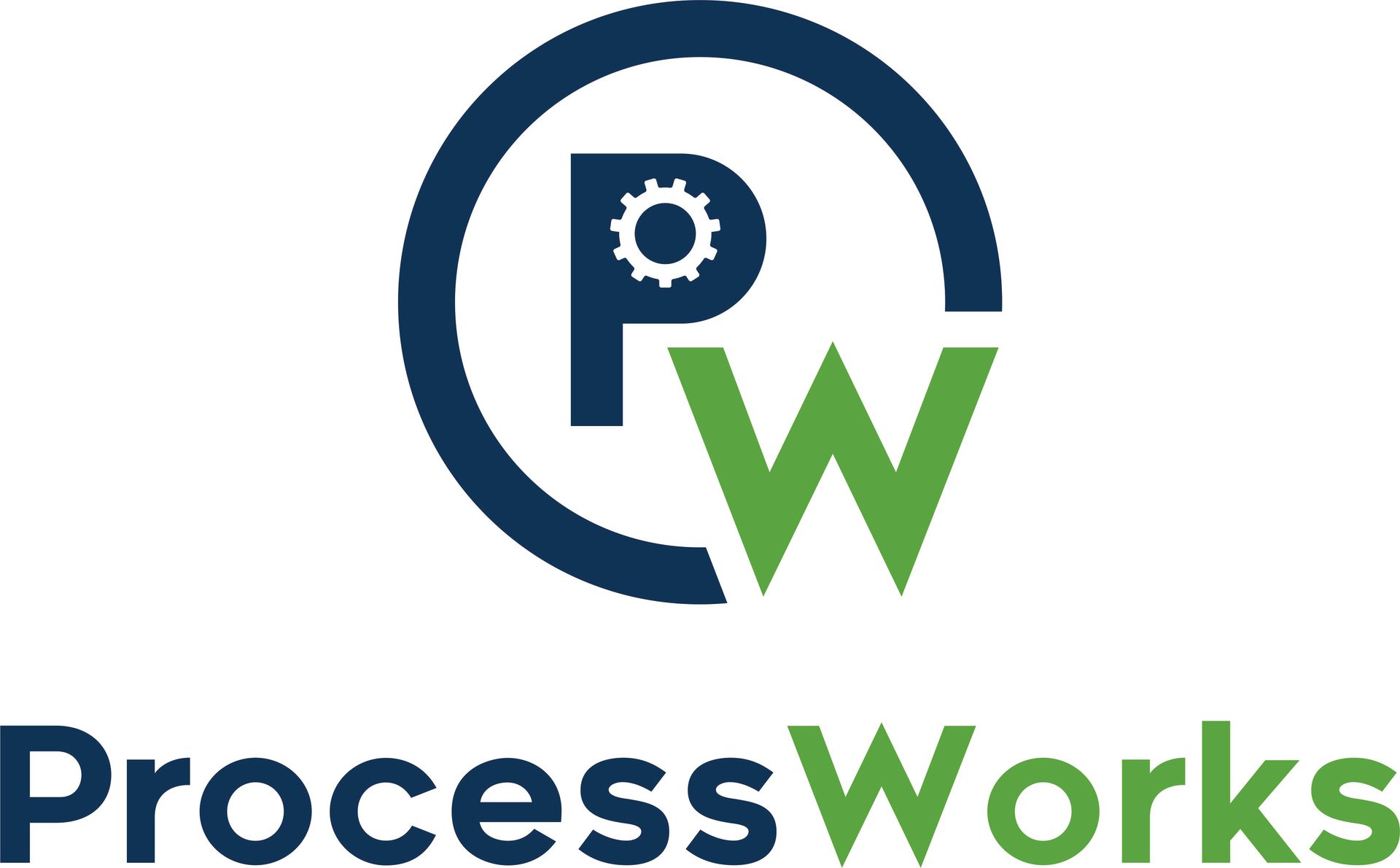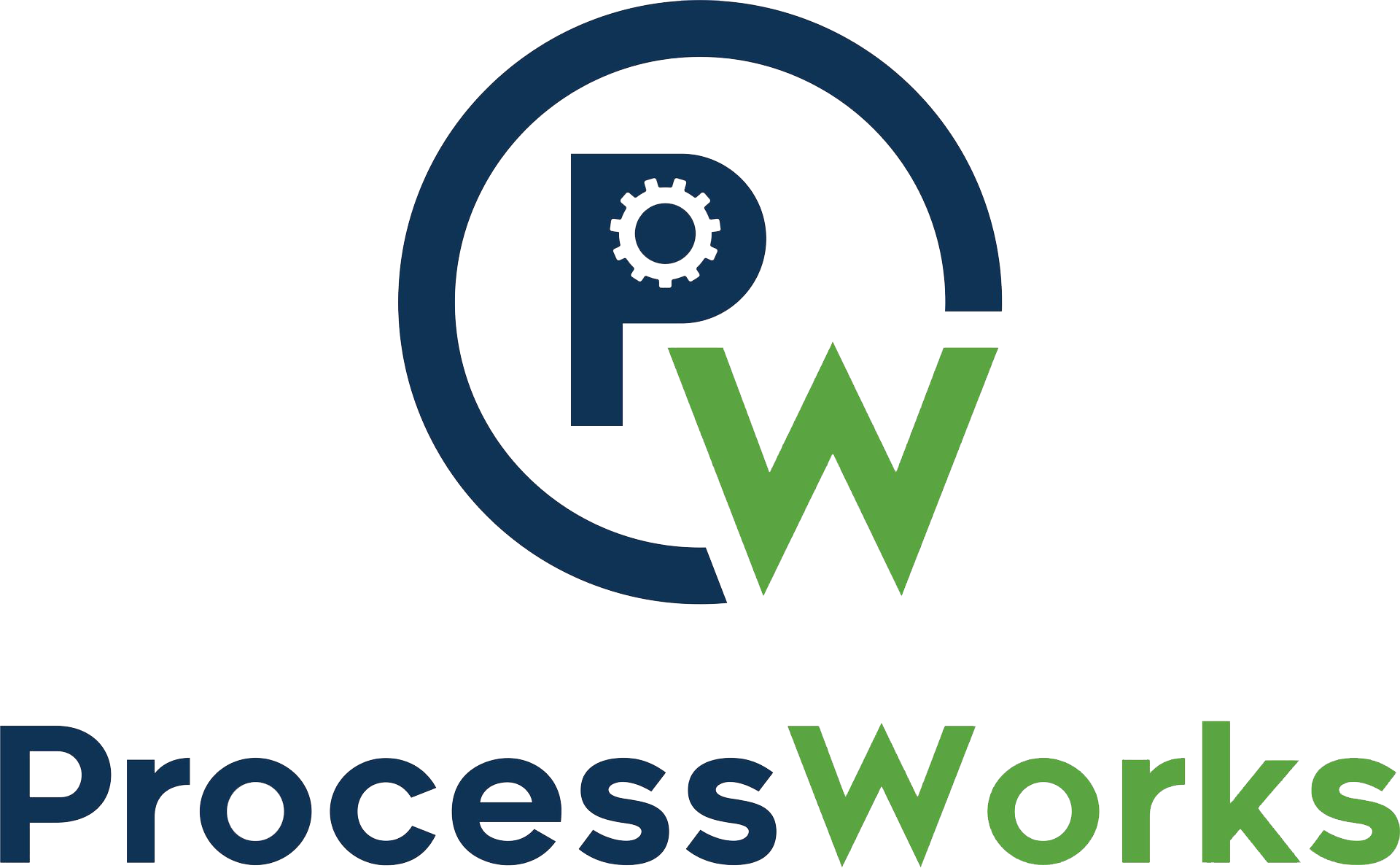The Impact is in the Implementation

You may spend countless hours identifying, documenting, and working to improve your core processes, but even the best-designed processes will fall flat if they aren’t implemented effectively. It’s not enough to define the “right way” of doing things; your team has to understand it, buy into it, and follow it consistently. The hard truth is this: without a strong rollout and management plan, process improvement efforts become nothing more than good intentions. So, how does one rollout a process effectively?
First of all, the way you talk about the change can make or break the success of an updated process. Clear and consistent messaging helps eliminate confusion, builds trust, and encourages team alignment. Too often, process updates are announced in passing, buried in emails, or delivered with vague reasoning. That leaves team members unsure about why the change is happening or even what the change is, which increases resistance.
Instead, be upfront and transparent. Explain not only what is changing, but why it’s changing, and when. What problems will this new process solve? How does it tie into the company’s larger goals? What benefits will team members see in their daily work? And most importantly – how do they stand to benefit? The more openly you share your thinking, the more likely people are to engage with and support the change.
Reinforce the message through multiple channels: team meetings, one-on-one conversations, documentation, and visual aids if needed. Keep repeating the message until it sticks. When your team hears the same message from different leaders and in different contexts, it becomes part of the culture instead of just another announcement.
But just like any other business initiative, new processes need to be tracked. If you’re not measuring the outcomes, how will you know if the process is working? And just as importantly, how will your team know that it matters?
Start by identifying the key measurables tied to the process you’re updating. If it’s a customer service process, track resolution times or satisfaction scores. If it’s a sales process, monitor conversion rates or pipeline velocity. If it’s an internal workflow, look for indicators like task completion time, rework rates, or error reduction.
Define these metrics before the rollout and monitor them closely after the process goes live. If the numbers aren’t moving in the right direction, dig deeper. Are people following the new process consistently? Is there a step that’s unclear or inefficient? Is the process achieving its intended outcome, or does it need to be refined?
Sharing these metrics with your team creates accountability and visibility. When people see that the process is being tracked and that results are being reviewed, they understand its importance (and are more likely to take it seriously).
In the Entrepreneurial Operating System® (EOS®), one of the core concepts is “Followed By All.” It means that once a process has been identified as the right way to do something, everyone in the organization must follow it without exception.
This doesn’t happen automatically. It takes ongoing leadership attention, reinforcement, and management. After all, people naturally drift back to old habits if they don’t see that the new way is being monitored or enforced.
Make sure managers are holding regular check-ins to see how the process is being followed. Encourage open dialogue; if someone is struggling with the new process or believes something doesn’t make sense, make space for that feedback. Sometimes resistance uncovers areas that need clarification or improvement.
But at the same time, set the expectation that processes aren’t optional. They’re how your company delivers consistent, high-quality work. You can (and should) revise a process if it’s not serving its purpose—but until it’s officially changed, everyone is expected to follow it.
Creating this level of discipline and consistency is what separates high-performing teams from chaotic ones. When everyone is on the same page, your processes become scalable, teachable, and reliable—and that’s when real efficiency and excellence take hold.
So implementing new processes is about far more than writing steps on a page. It’s about gaining buy-in, tracking performance, and managing execution with consistency and intention. If you can clearly communicate why the change is happening, measure its impact, and hold people accountable to following it, you’ll start to see the real benefits of process improvement: smoother operations, stronger teams, and better results.
Remember, great processes don’t work unless people follow them, and people don’t follow processes unless leaders make it easy, clear, and non-negotiable to do so. That’s the real secret sauce of Process Improvement.
Share This Post











